Are non-stick frying pans safe? Experts explain everything you need to know to stay safe when using non-stick cookware
With ‘forever chemicals’ coming under scrutiny, are your non-stick pots and pans safe? We’ve asked the experts
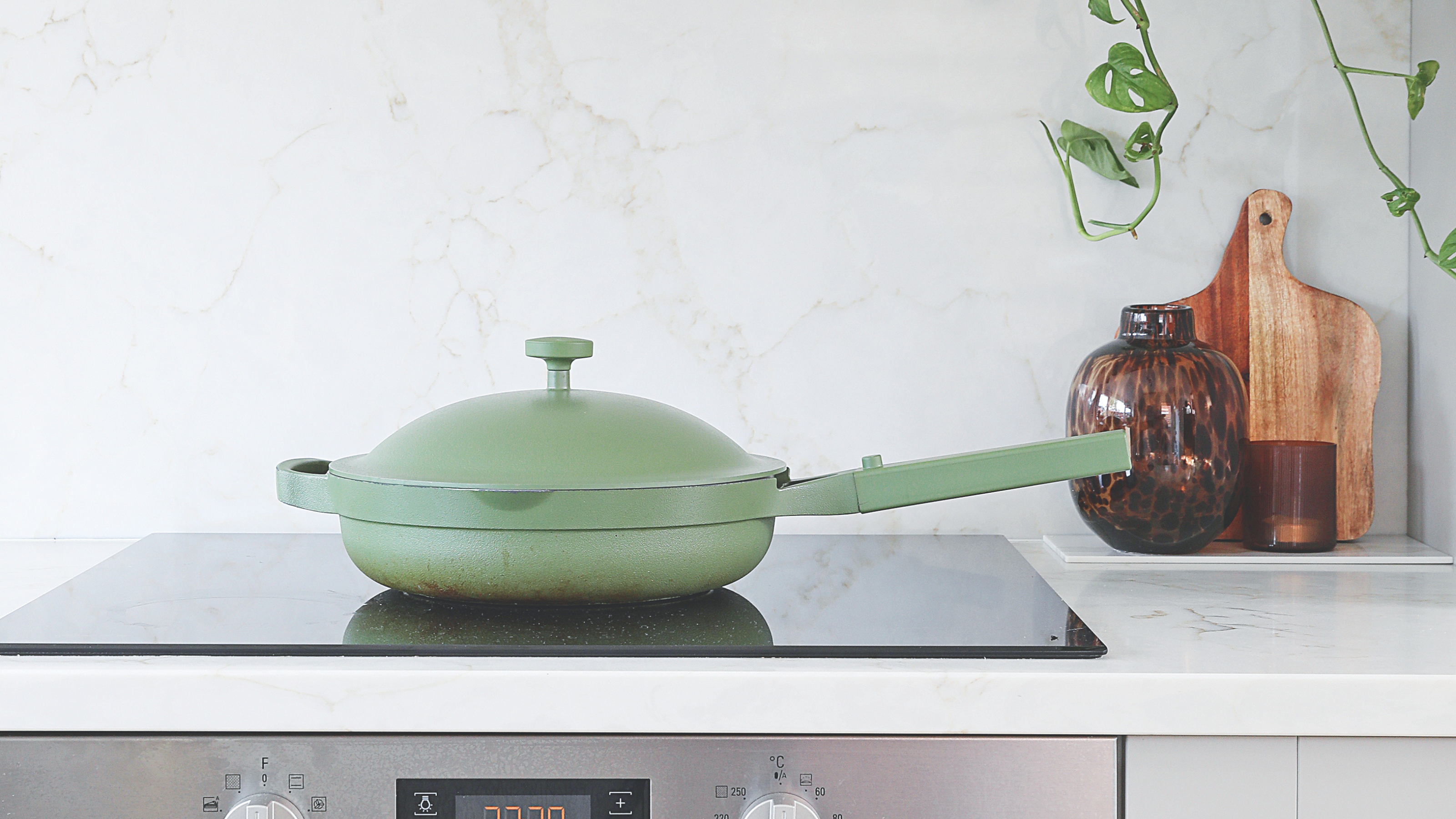

You might not think of yourself as a scientist when you’re in the kitchen, but cooking is chemistry. It’s ideally more Baking Bread than Breaking Bad, but whether you’re boiling or broiling, stewing or sauteing, you’re the master of chemical reactions which create flavour, texture and – hopefully – more than a little joy. But what about the chemicals you can’t see – like the invisible ‘forever chemicals’ used in certain types of non-stick cookware? The question on some lips is whether non-stick frying pans really are a safe option in the kitchen.
There’s a good reason why so many of us have the best non-stick frying pans in our cupboards. We’ve all been there: the familiar smell of carbonised cooking, and the dawning realisation that we’re going to spend a good thirty minutes of our day scrubbing charred lumps from a pan. It’s trauma enough to turn anyone into a non-stick evangelist.
However, the concern over this type of pan stems from the fact that some non-stick formulations use coatings made from forever chemicals or PFAS (poly– and perfluoroalkyl substances); a class of man-made chemicals, some of which have been linked to health issues such as liver damage, reproductive harm, and increased cancer risk when exposure occurs at significant levels. These substances can also persist in the environment for generations.
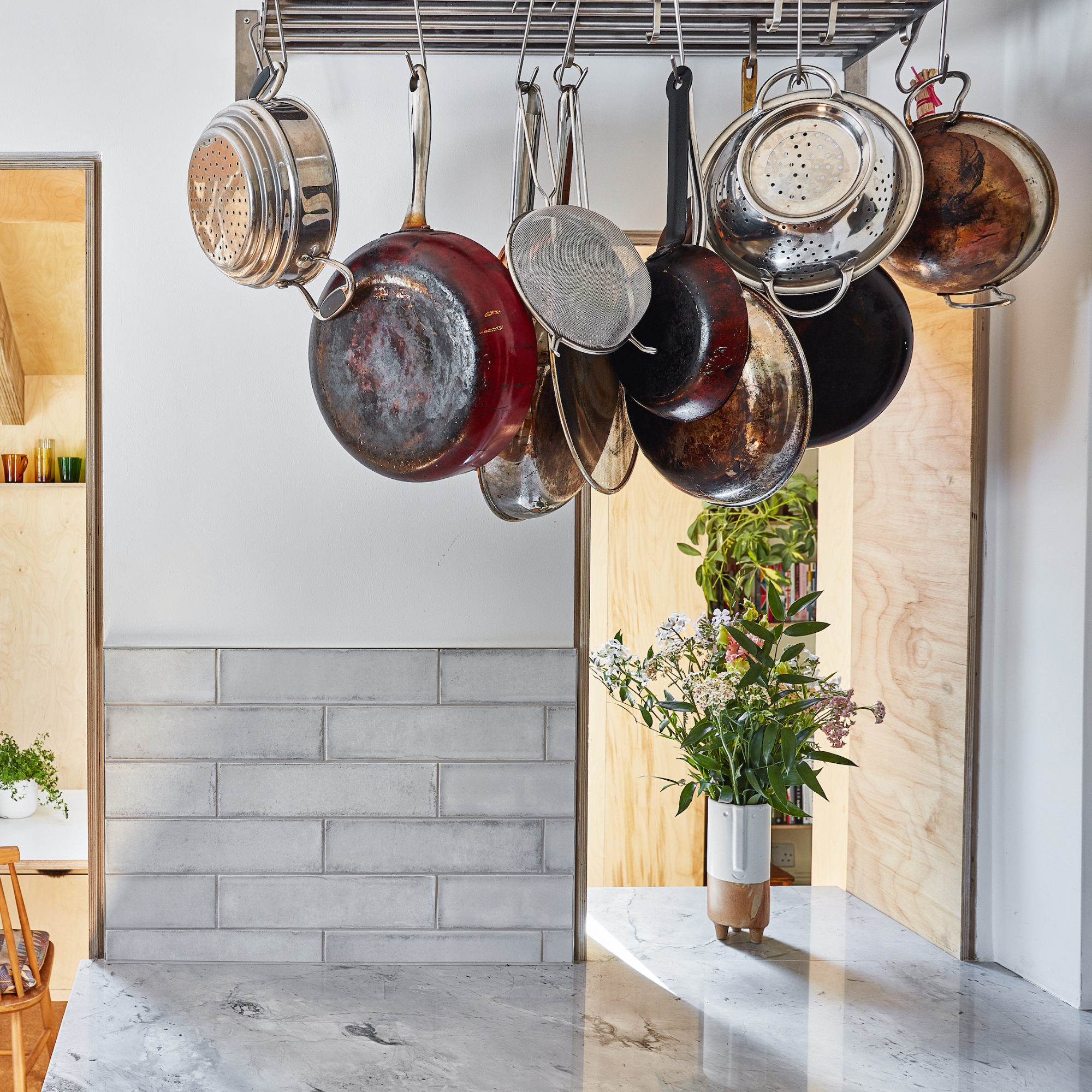
But before you panic and throw your non-stick in the bin: not all non-stick pans are bad. And even pans which do contain PFAS aren’t inherently dangerous if you use and care for them correctly.
In this article, we’ll cover all the safety concerns surrounding non-stick cookware, pinpoint the different types of non-stick cookware on the market, explain how to cook safely with it and suggest all the alternative types of pots and pans you could buy instead, such as the best cast iron and stainless steel cookware, including the various pros and cons for each.
We’ve spoken to experts from two of the major cookware companies including Marie Dobbels, Marketing Director Retail at The Cookware Company, which encompasses a wide portfolio of PFAS-free cookware brands, and also Shiza Shahid, co-founder of kitchenware company, Our Place, whose entire range of cookware is marketed as non-toxic.
What are the safety concerns around non-stick pans?
Some types of non-stick cookware – notably not all – are coated with what’s broadly known as ‘forever chemicals’ or PFAS (poly– and perfluoroalkyl substances). As they’re widely used in various industrial processes, they’ve spread throughout the environment and the food chain and it’s only in the last 20 years that legislation has begun to limit human exposure or ban certain types of PFAS from cookware.
Sign up to our newsletter for style inspiration, real homes, project and garden advice and shopping know-how
The concern with non-stick cookware is that, in certain circumstances, such as cooking at high temperatures (over 500F or 260C), or after the coating is scratched or chipped, some of these PFAS compounds can leach into the food or produce harmful fumes.
PFAS are a large family of man-made chemicals which, due to their water-, grease- and stain-resistant properties, are used in a wide range of products including food packaging, waterproof clothing and firefighting foams. The common form for these in non-stick cookware is PTFE (polytetrafluoroethylene) coatings – also referred to as Teflon – which is a form of PFAS.
These coatings used to contain a chemical compound called PFOA, a type of PFAS, but this was phased out and eventually banned from use due to serious health concerns. Used correctly, regulatory bodies such as the EFSA and FDA consider modern PFOA-free, PTFE-based pans to be safe for use at normal cooking temperatures.
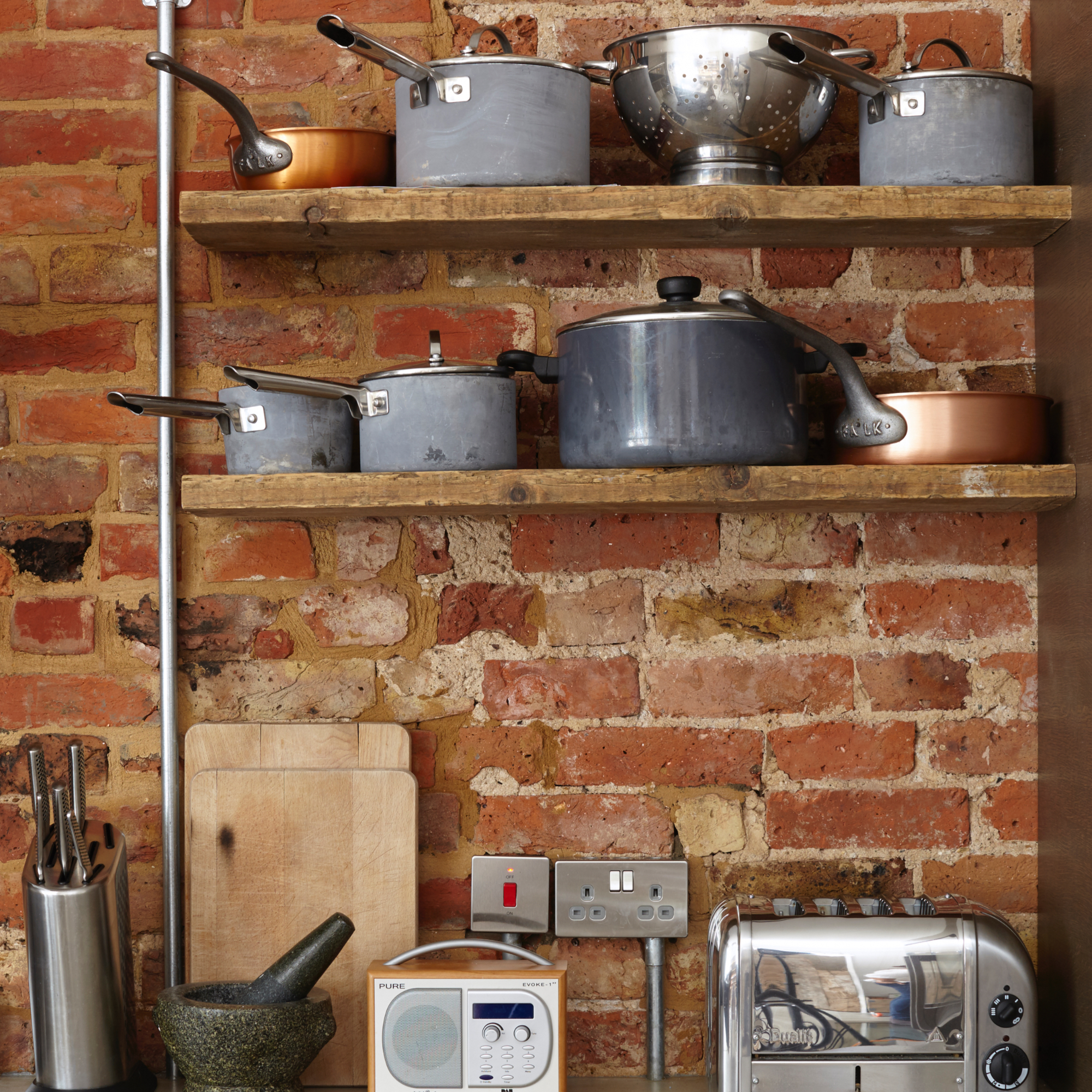
Marie Dobbels highlights the broader risks, 'In the industrial processes involved across all types of products, including cookware, harmful PFAS can end up in the environment - entering and contaminating lakes, streams, groundwater and soil (the latter in very high concentrations) and, in turn, the food chain.'
Indeed, the wider issue is that PFAS are incredibly long-lasting and can take as long as 1,000 years to decompose naturally. So, it’s not just a question of whether these types of non-stick pan are safe to cook with – used right, they are – but it’s also about the wider impact of their production on the environment.
What evidence is there that non-stick frying pans are safe?
Marie Dobbels explains, 'Studies by both the EFSA (European Food Safety Authority) and the FDA (U.S. Food and Drug Administration) confirm that PTFE is chemically stable and inert at normal cooking temperatures.'
The key element here is ‘normal cooking temperatures’ and that usually means keeping a close eye on your heat settings. PTFE formulations can begin to degrade at higher temperatures, potentially releasing harmful fumes.
Another consideration is the age of the pans, and this is why it’s important to know – or to ask the manufacturer – what type of non-stick coating your particular pans use. For instance, PTFE pans used to use PFOA, a particularly toxic type of PFAS, and this was only phased out in cookware in the US between 2006 and 2015, whereas it was banned for use in cookware in the EU in 2008. If your pans are from before 2010, check what coating they use – older types are likely to contain now-banned PFOA.
How can I tell if my non-stick frying pan is safe to use?
A common-sense approach goes a long way. Marie Dobbels recommends examining any of your non-stick cookware that you know or suspect to use PTFE. Her advice is simple: 'Keep an eye on the coating. Light surface scratches are often cosmetic and not an immediate safety issue. But if you spot deep scratches, flaking or peeling, replace your pan. Your health and food quality are worth the upgrade.'
Your own personal experiences count for a lot. Lower-quality coatings on cheap cookware may be more prone to damage – and should be replaced sooner. If you’ve occasionally picked up own-brand non-stick cookware, and you find it damages easily, then save up for a more robust, PTFE-free brand in future – you’re better off buying once and buying right.
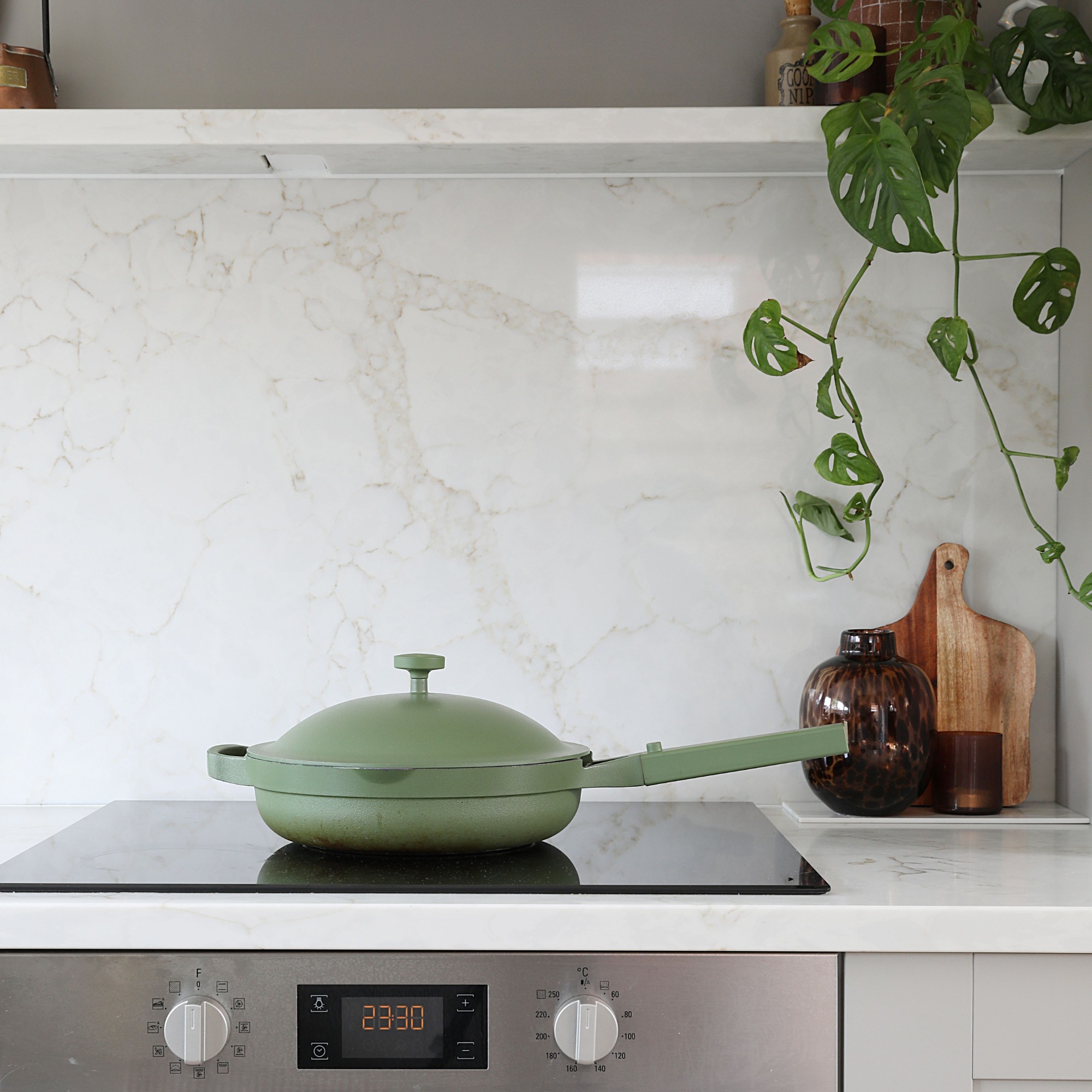
Shiza Shahid’s advice is for buyers to be proactive, 'If you're unsure, reach out to the brand and ask directly: “Is your non-stick coating PTFE-free?”. In general, avoid pans that chip or scratch easily, as compromised coatings can release toxic substances into your food.'
Tips to minimise risk when cooking
- Always cook on a low to medium heat
- Don’t use non-stick pans under a grill
- Never heat an empty pan
- Use nylon, silicone or wooden utensils – never metal
- Don’t wash non-stick pans in the dishwasher
- Don’t clean non-stick pans with abrasive scouring pads or steel wool
As Marie Dobbels explains, 'PTFE coatings are safe when used on a low to medium heat, but dangerous when overheated (above 260°C) at which point they can release toxic fumes.' This may not be an issue for most ovens, which typically operate below 260C, but it’s possible to overheat a pan with the hobs on most cookers.
How likely you are to overheat a pan does somewhat depend on your cooker. Induction hobs can hit 300C, ceramic 540C, gas 650C and radiant rings up to 1000C. These are element temperatures, so it doesn’t mean your pans will reach these figures, but more powerful hobs make it easier to overheat your pan.
Shiza Shahid’s advice is simple, 'If you're cooking on conventional non-stick pans, always keep the heat at low to medium. When overheated, many of these pans can release harmful fumes — in some cases triggering what’s known as the 'Teflon flu'.'
Though the name sounds informal, ‘Teflon flu’ is a real condition – officially known as polymer fume fever. This is caused by inhaling fumes produced by PTFE as it breaks down due to excessive heating. The symptoms include respiratory issues, coughs, chills, fevers and headaches.
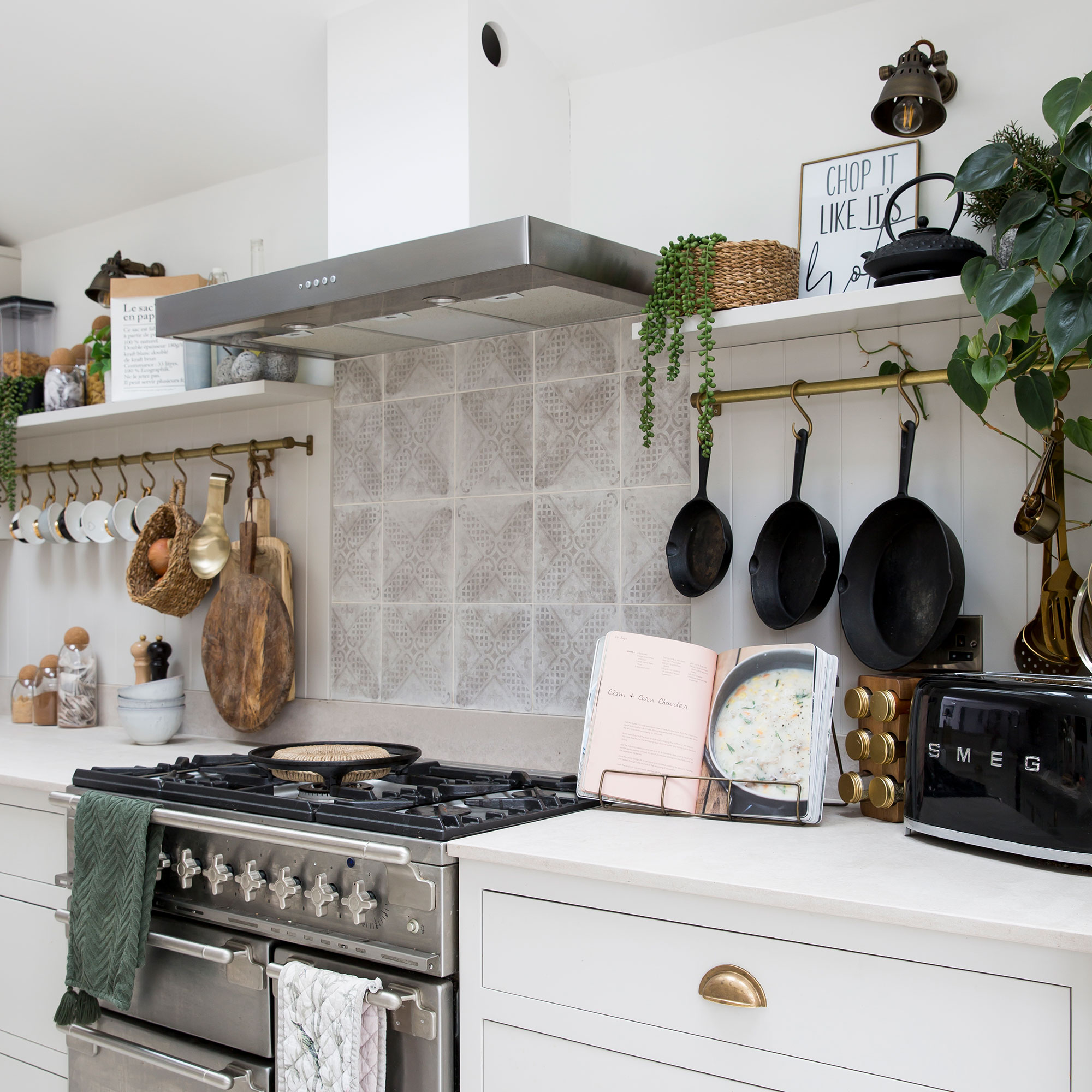
Are there alternatives to non-stick cookware?
Non-stick pans are not inherently dangerous. But if you’re concerned about PFAS or durability, then lots of alternatives exist. There are non-stick coatings that are marketed as PFAS-free, though definitions vary and there’s little in the way of standardised definitions across the industry. Your best bet? Look for brands which cite independent certifications from third-party testing – and if in doubt, contact them and ask.
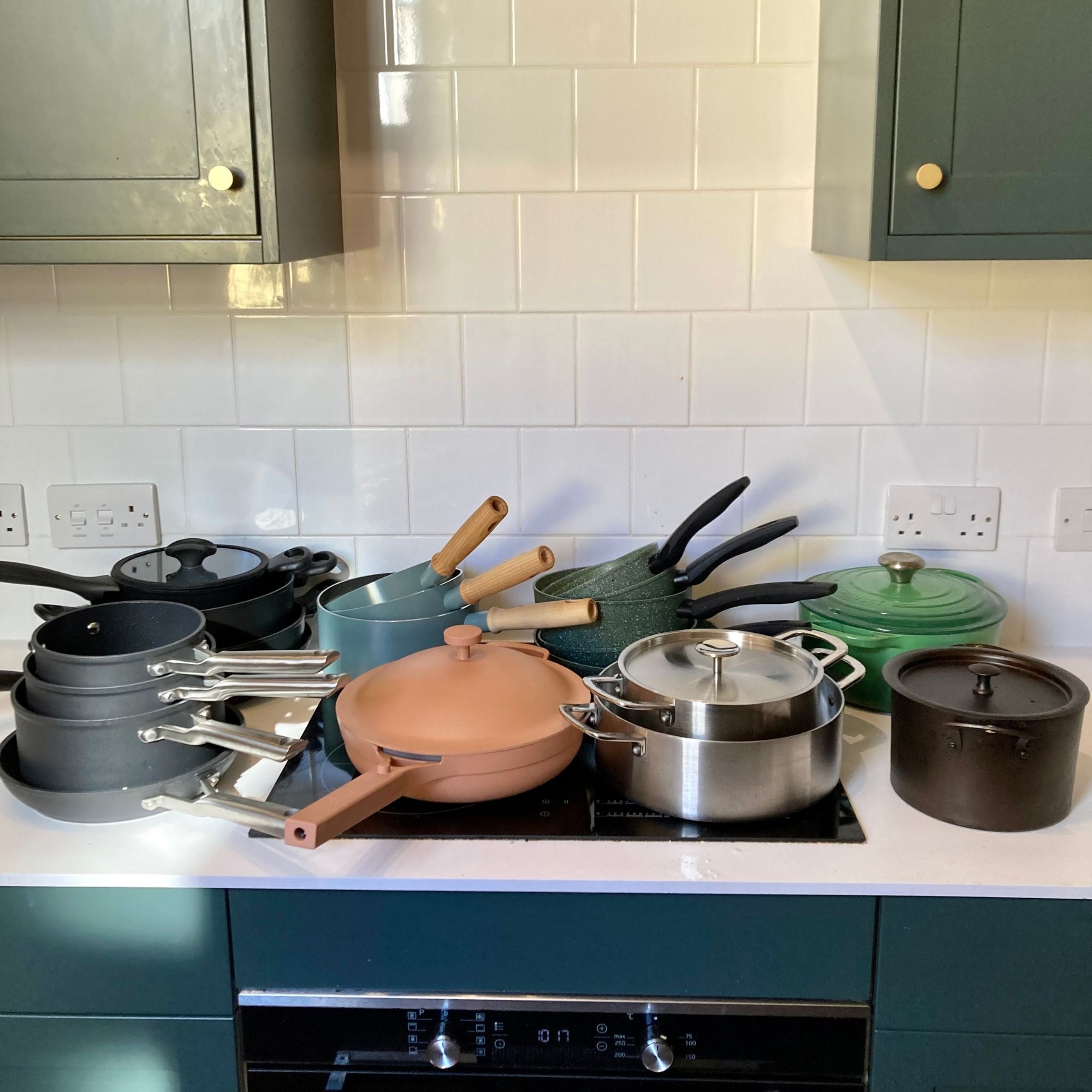
However, there are also other materials which, with the right technique, can be almost as effective as PTFE-based formulations. For instance, both cast iron, carbon steel, stainless steel and ceramic coated cookware can be a brilliant, long-lasting alternative to non-stick, and if you use the right techniques, they can be almost as non-sticky as their non-stick rivals.
Pros and cons of each type of cookware
Stainless steel
Pros: Highly durable and long lasting; great for cooking at high temperatures (searing, browning)
Cons: Food will stick at lower temperatures; oil (and sufficient temperature) is essential for most cooking
Cast iron
Pros: Non stick (if seasoned well); great heat retention; can last a lifetime
Cons: Heavy; requires maintenance (seasoning with oil) to maximise non-stick properties; can rust
Ceramic coated
Pros: Non stick with no PFAS (in many cases); easy to clean
Cons: Coating is generally less durable than PTFE-based pans; shorter lifespan
Carbon steel
Pros: Non stick (if seasoned well); similar properties to cast iron, but lighter
Cons: Requires seasoning; prone to rust; heat retention inferior to iron
Final word
Used properly, good quality, PTFE-based non-stick frying pans are safe. Properly means making sure not to overheat any pans which use a PTFE coating, and ensuring that they are free from serious scratches. One significant reason to consider alternatives isn’t necessarily health-related: it’s because the industrial production of PTFE-based non-stick pans carries an environmental cost. That’s a personal decision for you.
If you’re unsure or still using very old non-stick frying pans, then it’s probably time to refresh your cookware collection. We’ve reviewed a vast number of frying pans, ranging from non-stick to stainless steel and cast iron options, to find the best saucepans to upgrade your arsenal at a price that suits you.
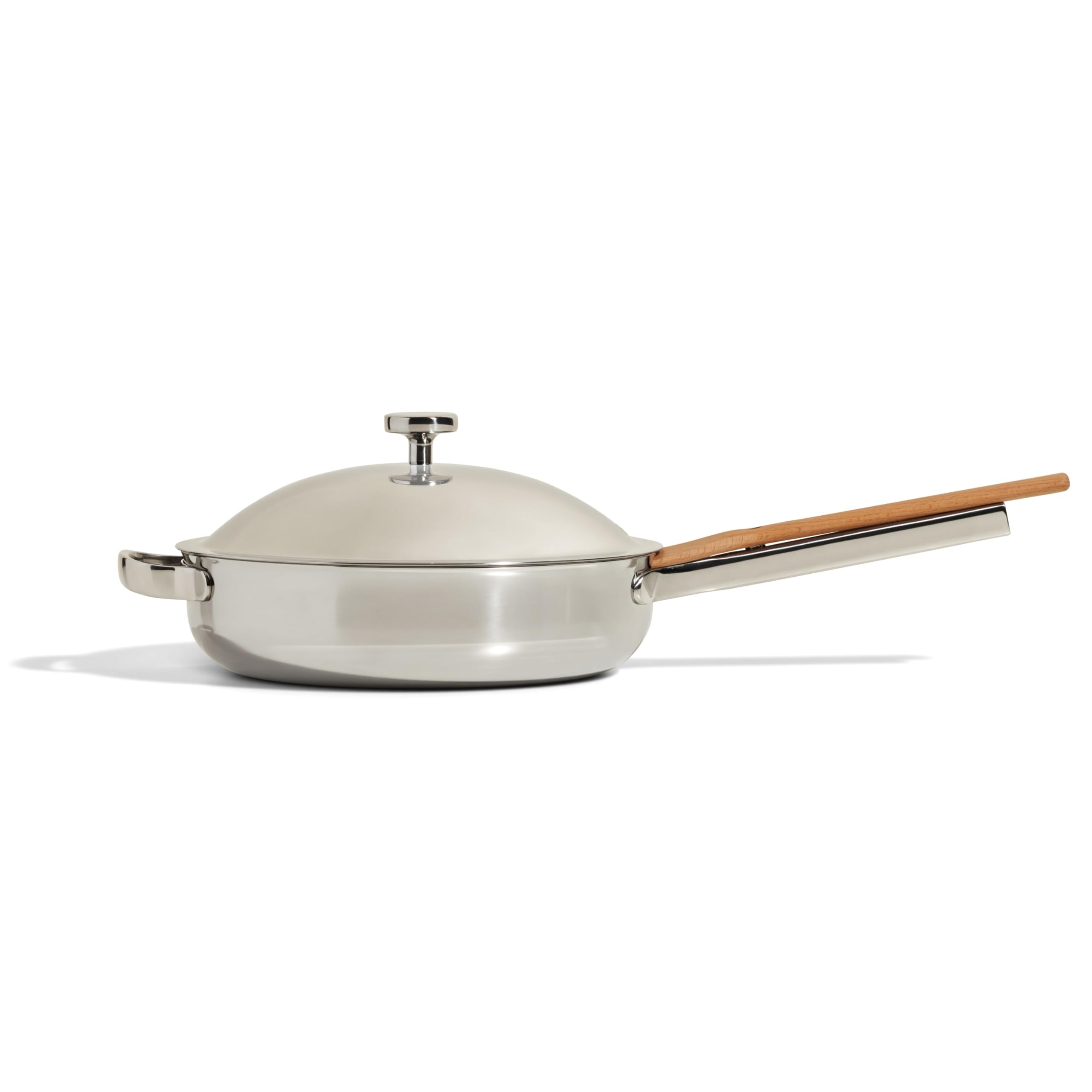
This is an upgraded version of the original Always Pan. It is made from a titanium material with an impressive non-stick and, more importantly, non-toxic coating.
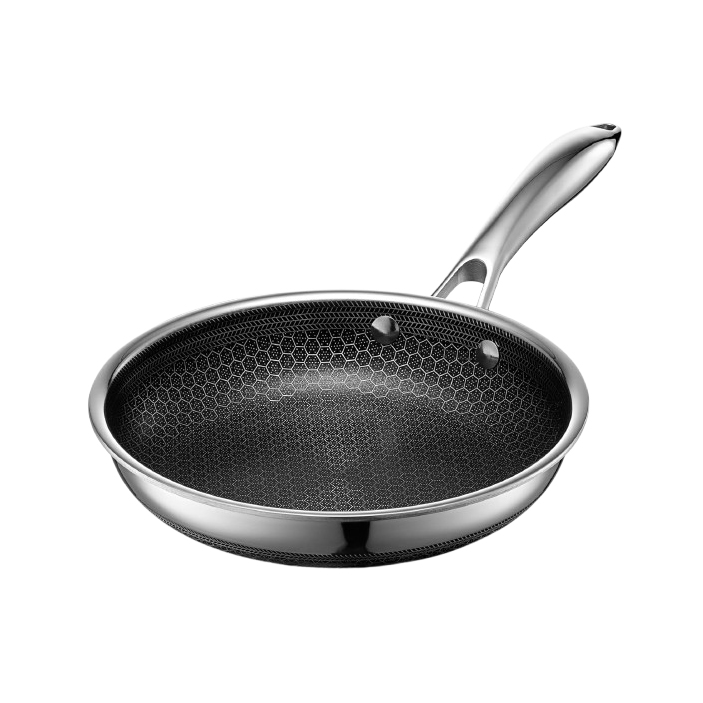
While these pans are expensive, they are a chef favourite for a reason. Hexclad has perfect non-stick pans that can even be used with metal utensils.
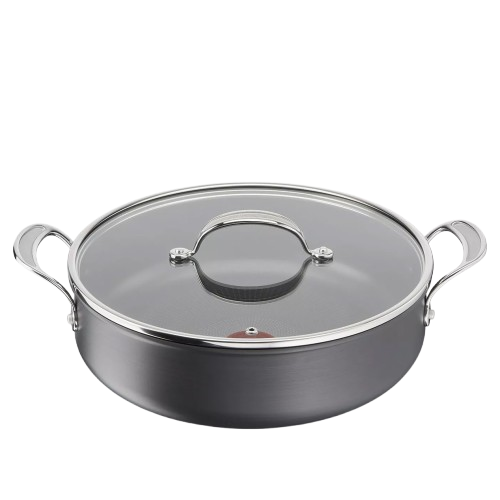
This non-stick pan impressed us when we reviewed it, so much so that our reviewer ditched some other pans in her kitchen to make space for it.
There’s nothing wrong with keeping a PTFE-based pan in the cupboard for lower-temperature cooking, such as cooking eggs, while keeping a cast iron or stainless steel pan handy for the sizzling hot dishes. Don’t throw your non-stick pans out – just use them wisely.

Sasha Muller is a journalist, editor and reviewer with over two decades of experience. Sasha has written for a wide range of tech and home publications, including The Sunday Times, Expert Reviews, PC Pro, IT Pro and Top Ten Reviews.
He’s reviewed and written about everything from the latest home appliances and kitchen gadgets to TVs, laptops, Hi-Fi and outdoors gear. Now living minutes from Cannock Chase, Sasha spends much of his spare time walking with his family, mountain biking or inadvertently testing out the waterproofing of his all-weather gear in the great British outdoors.
You must confirm your public display name before commenting
Please logout and then login again, you will then be prompted to enter your display name.